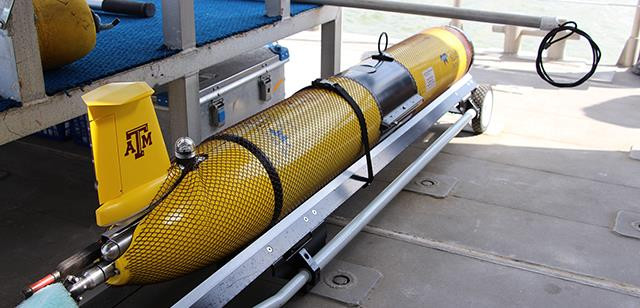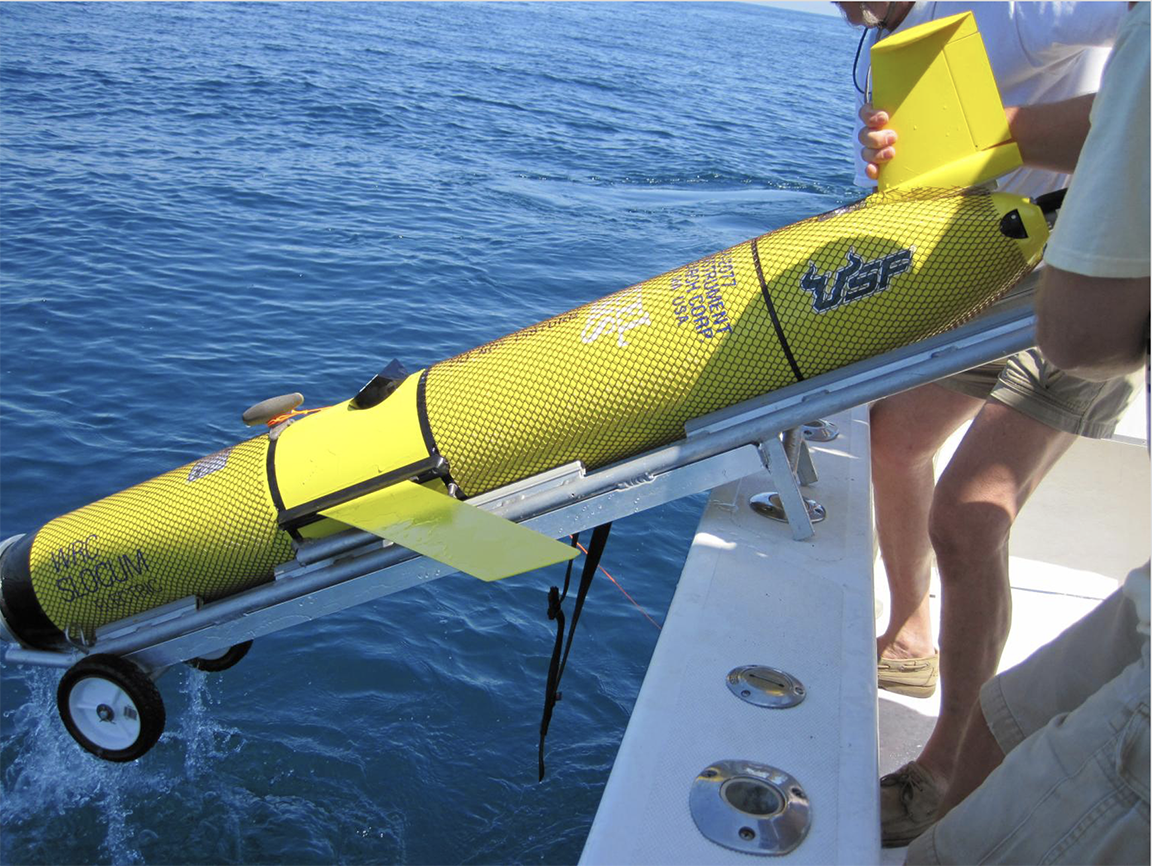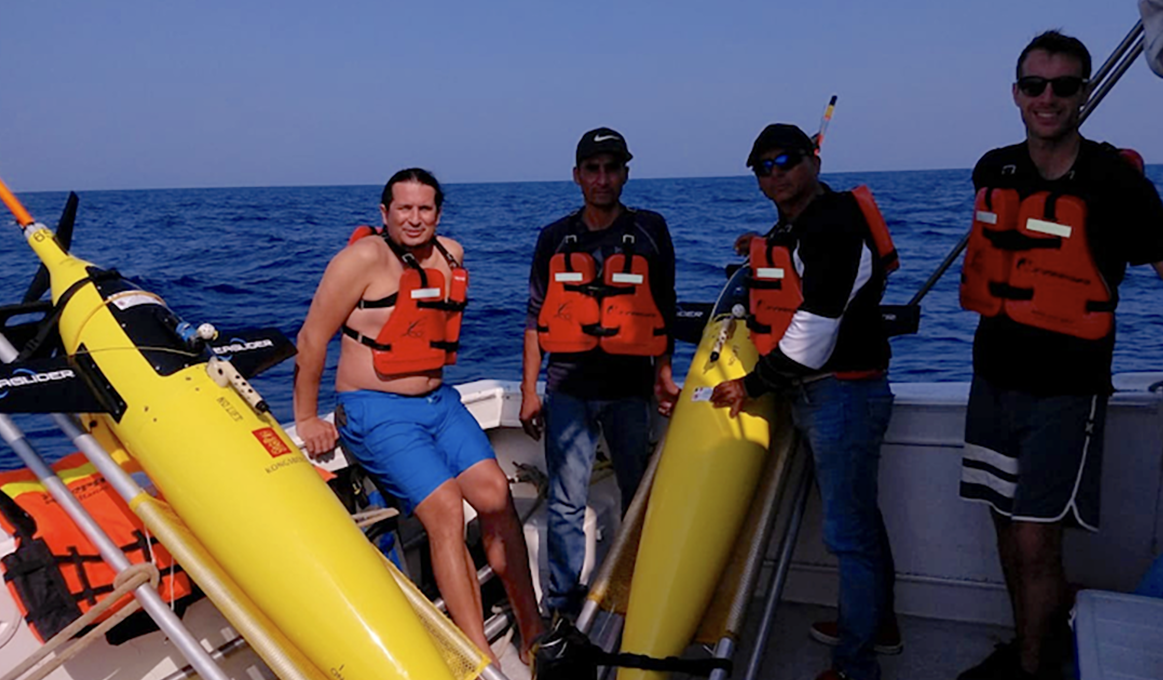June 1 kicked off the official start of the Atlantic hurricane season. NOAA is forecasting 12 to 17 total named storms: five to nine hurricanes (winds of 74 mph or greater); one to four category 3, 4, or 5 hurricanes (winds of 111 mph or greater).
While peak season doesn’t typically occur until later in the summer — August and beyond — now is the time for everyone to prepare. That’s not just true for households and coastal communities — glider operators in the Gulf are also getting ready by preparing AUVs for launch and planning missions focused on gathering critical ocean temperature data needed by the National Weather Service and other hurricane modelers to help predict storm intensification.


















